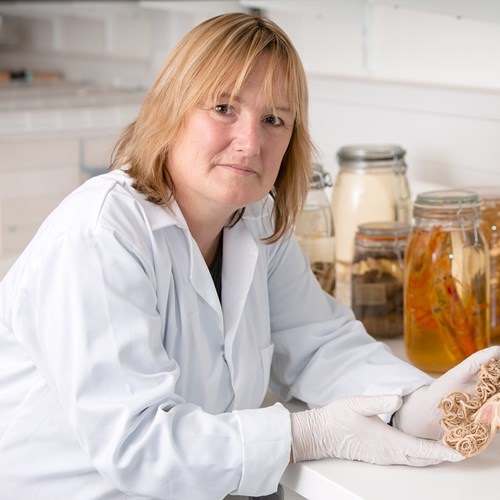Scotland’s Precious Seas
19 Aug 2020 - 15 Aug 2021
10:00–16:30
Exhibition Gallery 3, Level 1
Free
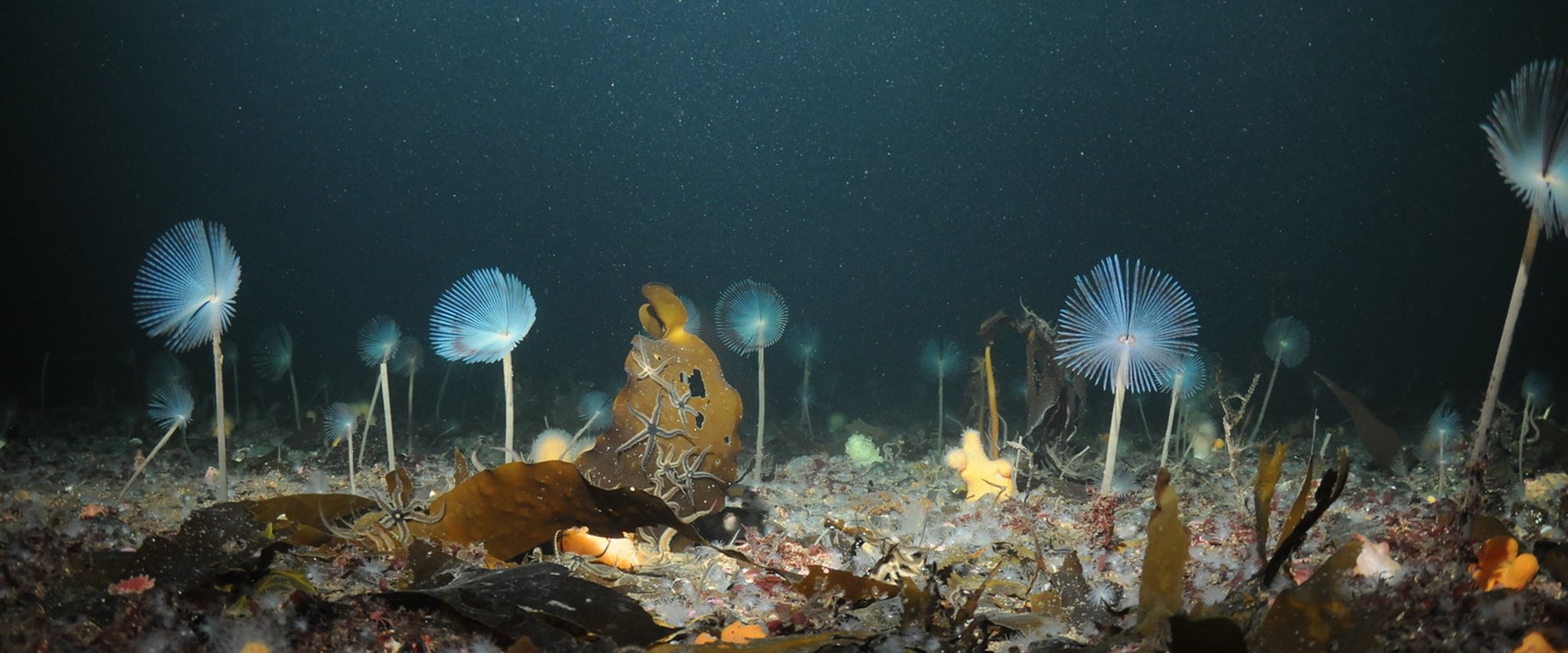
Scotland’s coast stretches for 18,672 km and Scotland’s seas cover 462,263 km2, more than six times its land area. From its shores the seabed plunges from shallow seas less than 20 metres deep to more than two kilometres deep, where seamounts dwarf Scotland’s highest mountains. Scotland’s coasts and seas brim with life. More than 46,500 species are known, and more are discovered all the time.
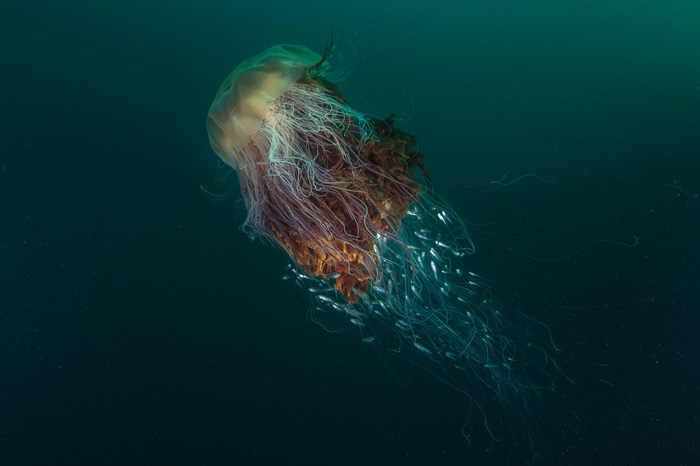
Lion's mane jellyfish, St Kilda © George Stoyle, Scottish Natural Heritage
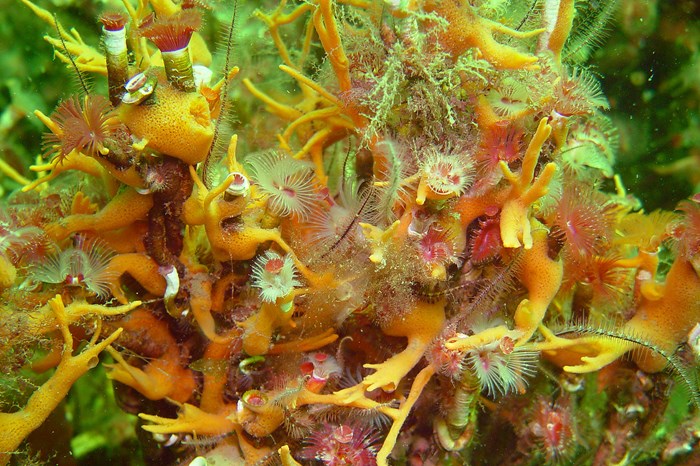
Serpulid reef, Loch Creran. © Graham Saunders, Scottish Natural Heritage
The National Museums Scotland collection contains over 4 million marine invertebrates and 120,000 marine vertebrates. The objects on display demonstrate how these vast collections help us monitor the changing life in our waters and the impacts of human activity.
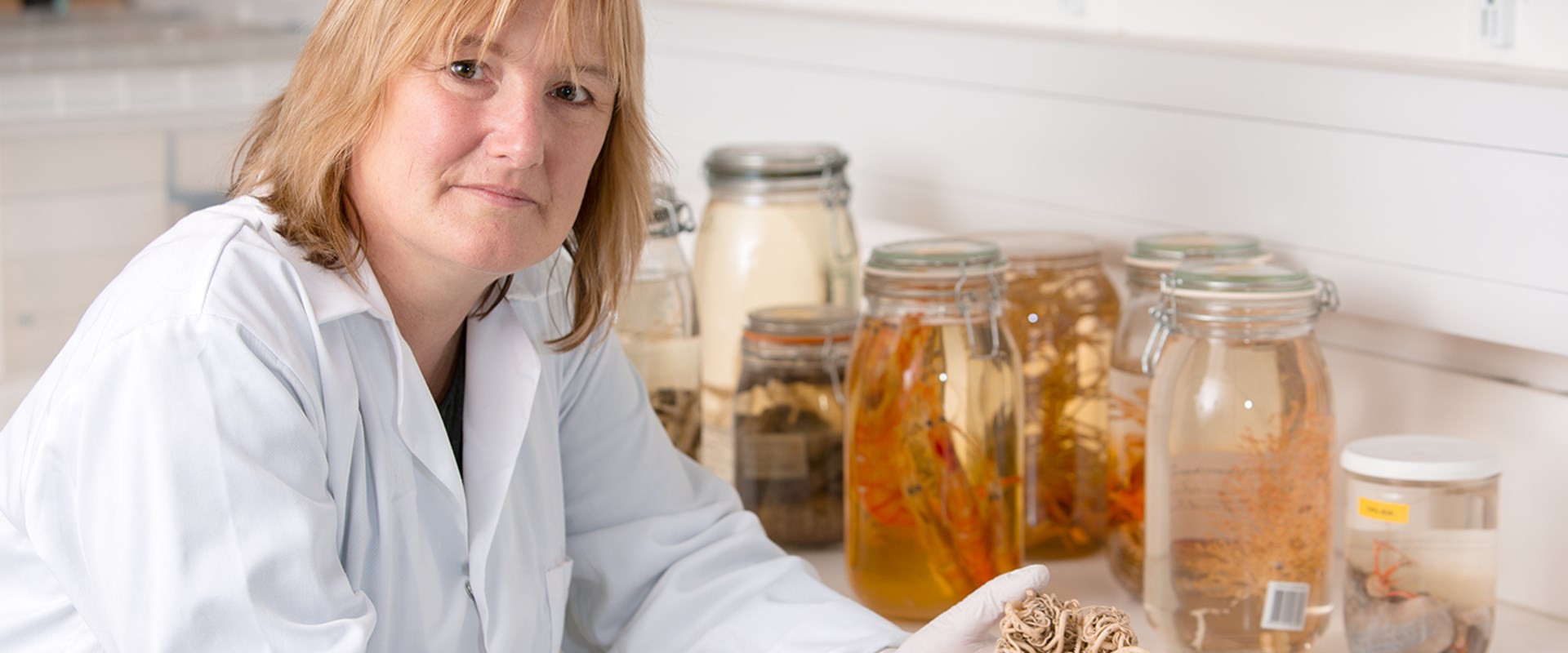
Fiona Ware with a basket star, collected from 1,000m deep off the west coast of Scotland.
“Scotland’s Precious Seas showcases the beauty and diversity of our waters along with the breadth of National Museums Scotland’s marine collections. The display provides insights into the valuable research taking place in our waters and how this will aid conservation efforts in years to come.- Fiona Ware, Curator of Invertebrate Biology at National Museums Scotland
Continuing studies help monitor the health of the sea’s ecosystems. Every two years Marine Scotland Science surveys the deep waters overlying the continental slope to the west of the Outer Hebrides. Animal specimens from the 2019 survey, including examples of basket star, deep sea barnacle, bamboo coral and rabbit ratfish, are exhibited giving a rare glimpse of the diversity of life 500–2000 metres below the waves. Monitoring the fauna can give insights into how activities in the area – such as fishing – are impacting on marine life. Read more about a recent deep-sea survey in our blog Collecting creatures in Scotland's deep seas.
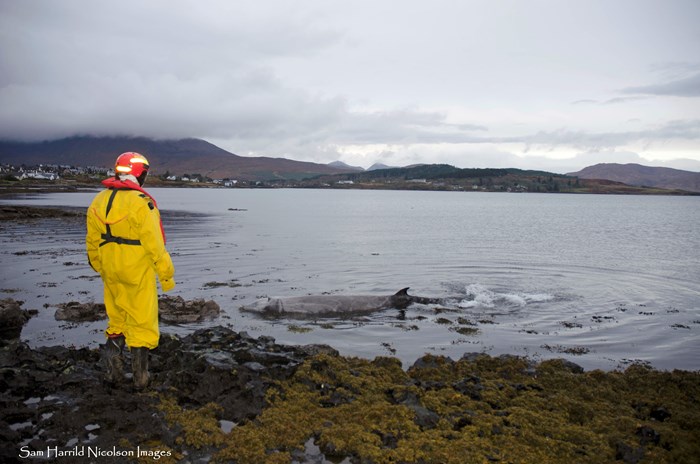
A Curvier's beaked whale stranded in Skye in 2015. Four kilograms of plastic bags were removed from its stomach. ©Sam Harrild.
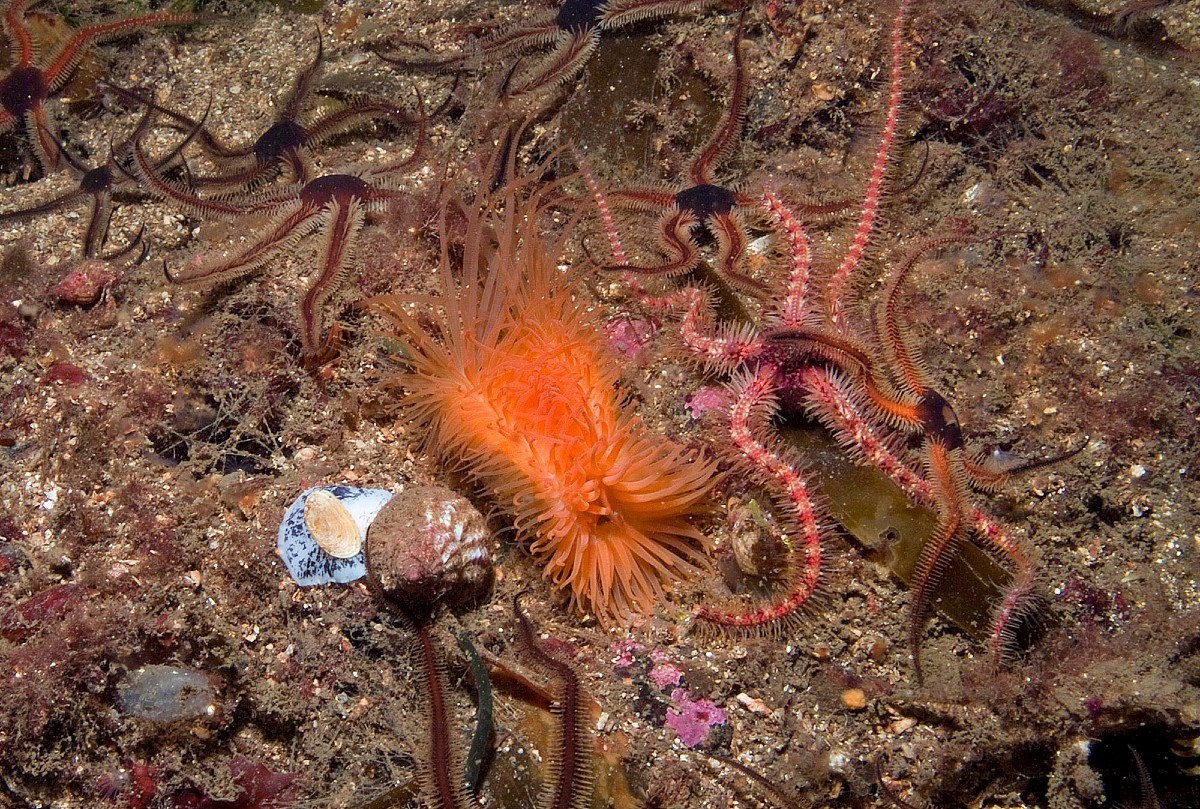
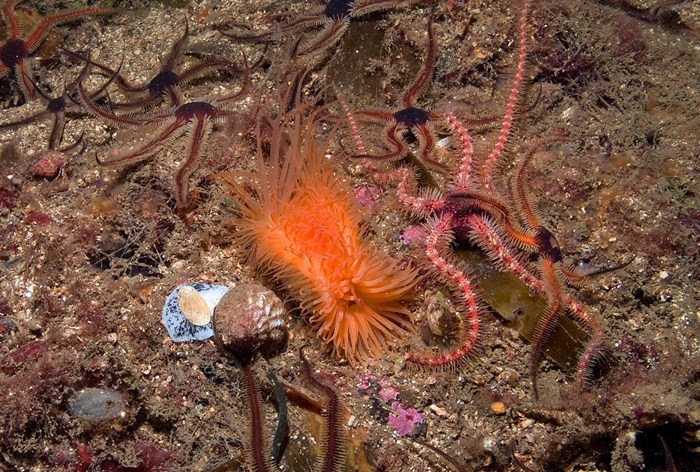
A flame shell naturally exposed on top of a bed of the species in Loch Carran. ©Scottish Natural Heritage.
We want everyone who comes to our museums to enjoy their time with us and make the most of their visit.
- There is level access to the Museum via the East door to the Entrance Hall on Chambers Street and the Tower entrance at the corner of Chambers Street and George IV Bridge.
- Lifts are available to all floors and accessible toilets are available on most floors, as well as a Changing Places (U) toilet in the Entrance Hall on Level 0.
- There is an induction loop in the Auditorium.
- Guide dogs, hearing dogs and other recognised assistance dogs are admitted.
Find out more about our access information.
#PreciousSeas
Share your highlights on social media.
Part of Year of Coasts and Waters 2020-21 #YCW2021
Header image: Ben James © Scottish Natural Heritage
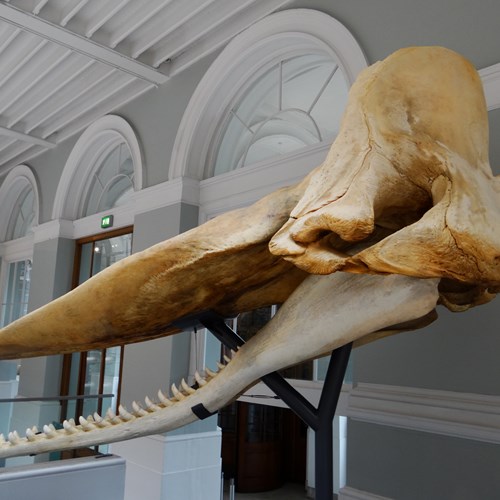
Story
Moby the whale
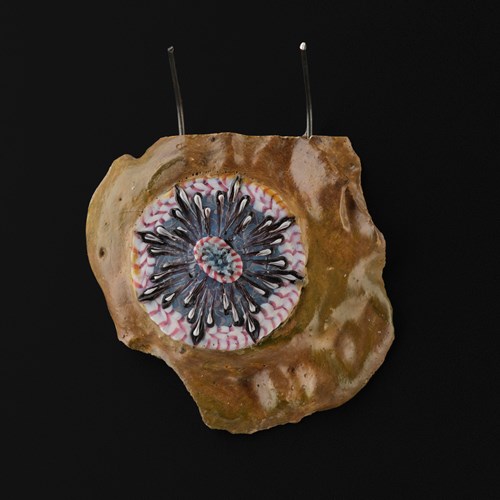
Story
Blaschka models
